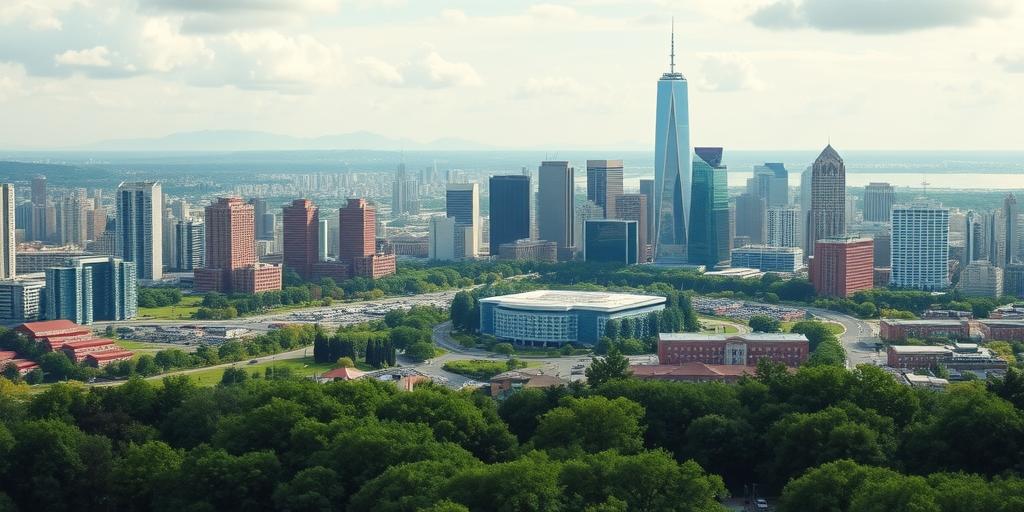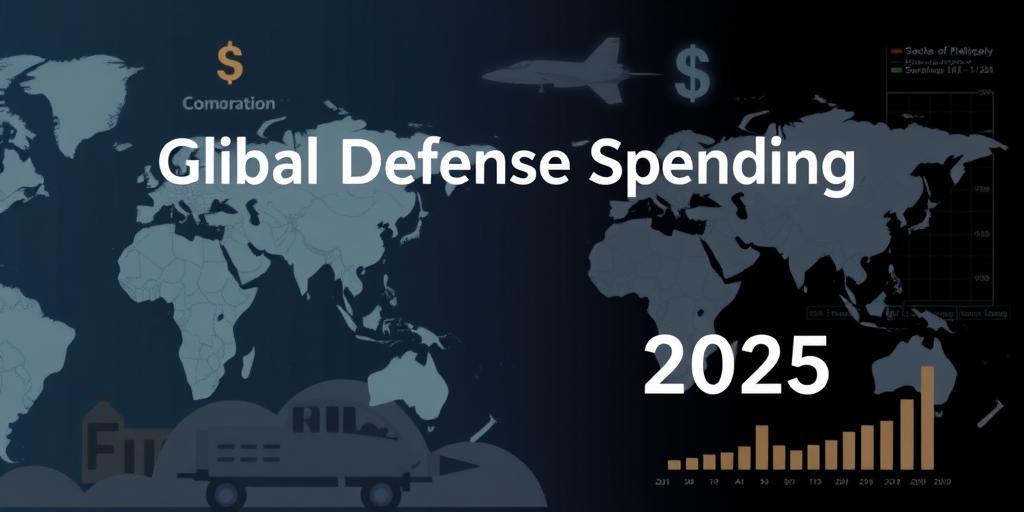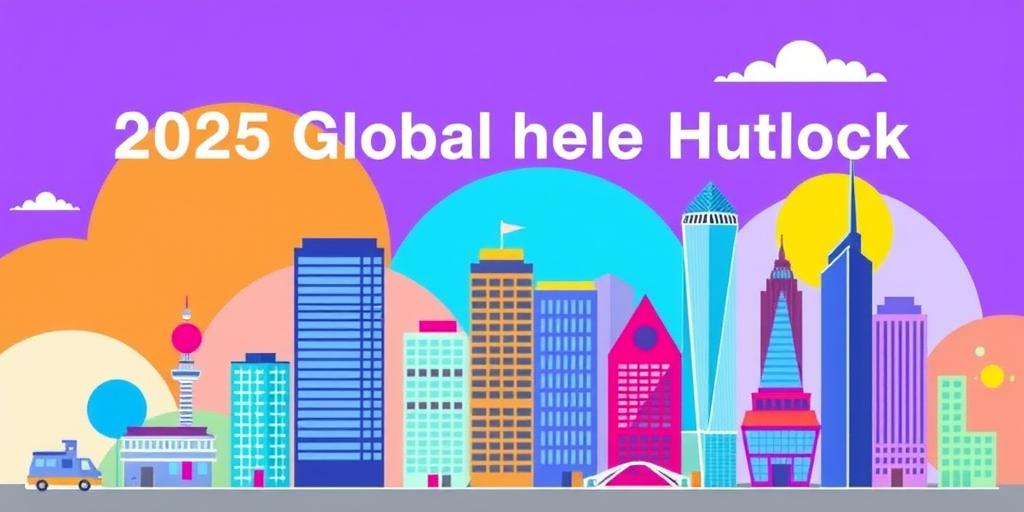Tackling Urban Sprawl: State Land Use Policies in 2025
Explore state land use policies in 2025 aimed at tackling urban sprawl. Discover smart growth initiatives, urban growth boundaries, and affordable housing policies designed for sustainable, equitable cities.

Tackling Urban Sprawl: State Land Use Policies in 2025
Okay, so urban sprawl, right? It's like when cities just keep growing outwards, gobbling up all the countryside. Think endless suburbs, strip malls popping up everywhere, and you're stuck in traffic forever. Been there? I know, it's a mess!
So, what's the deal in 2025? A bunch of states are trying to get a handle on this sprawl situation with some updated land use policies. Let's dive in, shall we?
What's the Big Deal with Urban Sprawl, Anyway?
First off, why should we even care? Well, sprawl isn't just ugly; it's got some serious downsides:
- Environmental Impact: More driving means more emissions. Plus, all that concrete? Not great for the planet. We're talking habitat loss, increased pollution, and all that jazz.
- Infrastructure Costs: Stretching out infrastructure (roads, water, sewer) is seriously expensive. And guess who foots the bill? You and me, baby!
- Social Equity: Sprawl often leads to segregation, with wealthier folks in the 'burbs and fewer opportunities for those left behind in the city core. Not cool.
- Health Issues: Less walking, more driving. Need I say more? Hello, health problems.
State Land Use Policies: What's Cooking in 2025?
Alright, so what are states actually doing about it? Here's the lowdown:
1. Smart Growth Initiatives
Think of this as the 'grow up, not out' approach. States are pushing for denser development, mixed-use zoning (where you can live, work, and play in the same area), and investing in public transit. It's all about making cities more livable and less car-dependent. For example, Oregon's been doing this for ages, but now states like Washington and Colorado are jumping on the bandwagon.
2. Urban Growth Boundaries
Basically, drawing a line in the sand and saying, 'No more development beyond this point!' It forces developers to build within existing urban areas, which helps protect farmland and natural areas. It's a bit controversial because it can drive up housing costs, but hey, tough choices, right?
3. Transportation Investments
More buses, trains, bike lanes, and pedestrian-friendly streets. It's all about giving people options other than driving. California's been throwing serious cash at high-speed rail (though, let's be real, it's been a bit of a rollercoaster). Other states are focusing on local transit improvements.
4. Affordable Housing Policies
This is key! If we're going to pack more people into urban areas, we need to make sure there's housing for everyone, not just the rich. States are experimenting with things like inclusionary zoning (requiring developers to include affordable units in new projects) and rent control (a hot-button issue, for sure).
5. Climate Resilience
Let's not forget about climate change! States are starting to think about how sprawl affects things like sea-level rise, wildfires, and extreme heat. Some are implementing policies to discourage development in vulnerable areas and promote green infrastructure (like parks and green roofs) to help cities cope with the impacts of a changing climate.
The Road Ahead
So, there you have it! States are stepping up to the plate to tackle urban sprawl in 2025. It's not a perfect solution, and there are definitely challenges ahead (like NIMBYism and funding shortages), but it's a start. Let's hope these policies can help us create more sustainable, equitable, and livable cities for everyone. Fingers crossed!







